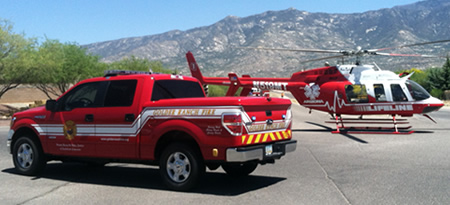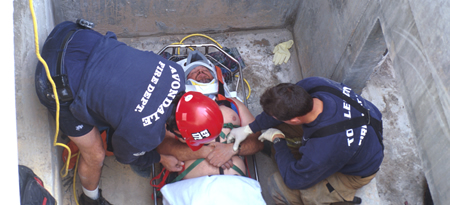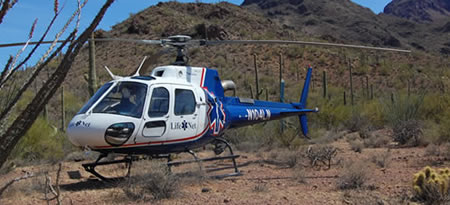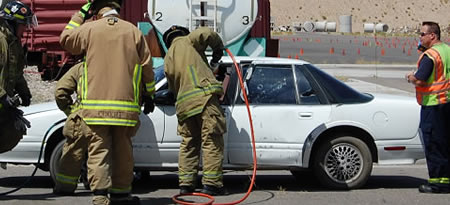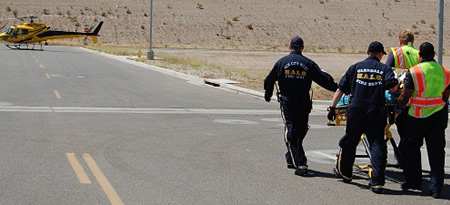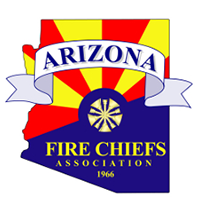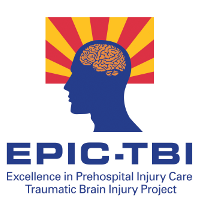
Sun City West training helps save head-injury victims
Sun City West training helps save head-injury victims
Sun City West Fire District helps teach newest treatments
by D.S. Woodfill - Mar. 9, 2012 10:15 AM
The Republic | azcentral.com
Thousands of people who suffer traumatic brain injuries are hospitalized annually in the United States.
And the tiny Sun City West Fire District did its small part to save the lives of those who suffer brain injuries.
The district recently hosted trainers from departments across the Valley, including Phoenix and Peoria, at Station 103, where they practiced the latest lifesaving techniques to treat head-injury patients.
Sun City West emergency medical services coordinator Rebecca Haro said those first responders will take that knowledge to their respective departments to teach their own personnel.
The training -- paid for by a $2.7 million National Institutes of Heath grant -- is administered by the University of Arizona and Arizona Department of Health Services under a four-year study called Excellence in Pre-hospital Injury Care. Coordinators will train 18,000 first responders across the state and collect data on the survivability and quality-of-life outcomes on patients.
"It is, in essence, a large quality-improvement project," said Ben Bobrow, the project's co-director and director of the ADHS' Bureau of EMS & Trauma System. "This (Arizona) is the only place in the country this is being done."
Bobrow explained that the training focuses not on "fancy gadgets or drugs" but on simple changes such as the dosages of intravenous solution and the timing of artificial ventilation that first responders administer.
"EPIC is about fundamentally focusing on what's most important for traumatic brain injury, which is continuous blood flow to the brain," he said.
Bobrow was the lead author for an Arizona study on the relatively new hands-only method of cardiopulmonary resuscitation that helped lead to a change in guidelines recommended by the American Heart Association. The study showed that victims who suffered cardiac arrest in a non-hospital setting and received chest-compression-only CPR from bystanders had a 13.3 percent survival rate, compared with 7.8 percent for those who received standard CPR.
Bobrow said the NIH, which recently granted another $1 million to study the methods of head-injury treatments on children, chose Arizona in large part because of the hands-only CPR study.
That study showed hands-only CPR greatly improved the survivability for cardiac-arrest victims in Arizona.
"We used to focus on ventilation and very little on chest compression," Bobrow said. "We changed that paradigm dramatically. In fact, we turned it on its head."
He said they hope to do the same when it comes to treating head-injury patients.
"We believe as we change the paradigm for TBI (traumatic brain injury) like we changed the paradigm for CPR that we can save a whole bunch of people," he said.
Haro said the training will mainly benefit younger people who are more prone to head injuries.
"If you look at trauma statistics, more often your significant head injuries tend to be in your young folks who take more risks," she said.
Haro said the NIH chose Sun City West, among other agencies, to host the training because the department has more instructors than most departments and was able to do the training quickly.
"So it just sort of made sense when we've got a good core group of these instructors," she said.
Reporter Anne Ryman contributed to this article.



